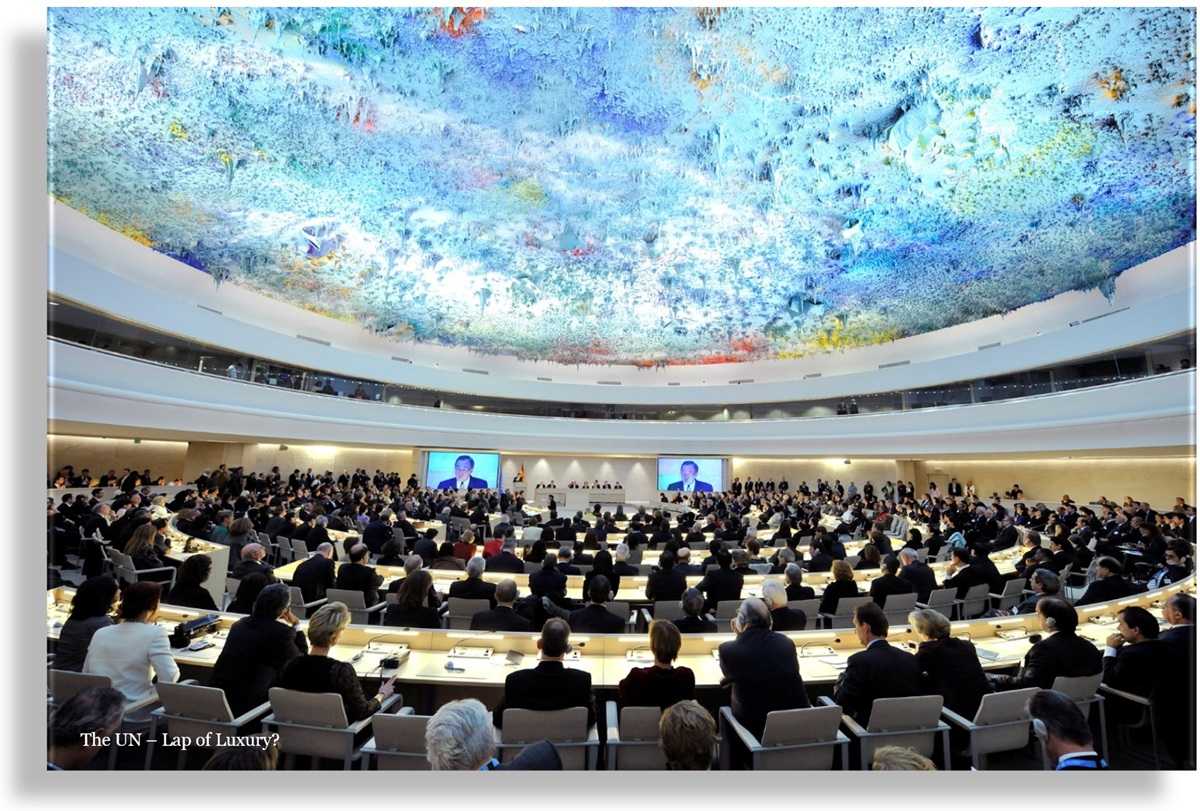
Follow, Lead, or WhatHaveYou: A Leadership Tango You Never Knew You Needed
Follow, Lead, or WhatHaveYou: A Leadership Tango You Never Knew You Needed
In the high-octane world of leadership, where decisions are made with the swiftness of glaciers and meetings flow like fine molasses, a revolutionary idea has emerged—one so bold, so groundbreaking, that it could only have been conjured during a corporate retreat with too much team-building and not enough coffee.
Ladies and gentlemen, I present to you: Leaders Following. Yes, apparently, this is a thing now.
Picture the scene: your CEO, perched high atop their ergonomic throne, gazing out over the sea of subordinates, suddenly says, “You know what? I’ve done enough of this leading thing. I think it’s time I step down—temporarily, of course—and let someone else take the reins.” And just like that, the room gasps. It’s as if Steve Jobs announced he was trading his black turtleneck for a cardigan and joining the IT helpdesk.
But here’s where it gets really juicy. They don’t just toss a task at someone like the proverbial hot potato. Oh no. They “craft a temporary task force.” That’s right. Craft. Like it’s a finely-tuned symphony or an artisanal sourdough, kneaded with the expertise of a master baker. And who’s the lucky conductor? Someone else. The leader? Well, they’ll be over there, in the back, wearing a team member’s hat and gasp following.
Now, naturally, the rest of the team is left blinking in confusion. The leader—formerly the omniscient, all-powerful wizard behind the curtain—is now just Phil from accounting, chiming in with suggestions about TPS reports and PowerPoint aesthetics. “Oh, I don’t know, Karen, maybe we could add a few more slides?” whispers your now-demoted leader, in the soft tones of someone who doesn’t remember the last time they used a copier. This is humility, my friends. Textbook.
But let’s not be cynical. This isn’t some leadership midlife crisis or an existential cry for help. No, this is strategy. A masterstroke of genius. Leaders who follow aren’t giving up control—they’re generously allowing someone else to hold the wheel for a bit, while they sip on an iced latte and check their LinkedIn notifications. It’s the leadership equivalent of a trust fall, only they’re the ones lounging on the ground, watching you fall. It’s about showing you they can follow too, in a display of self-sacrifice so immense it could probably earn them sainthood.
What’s even more delightful is the symbolism. This isn’t just about teamwork, oh no. This is about sending a message. It’s as if your leader is saying, “Look at me, humbling myself. Watch as I magnanimously relinquish control, so you plebeians can see how it’s done when someone else leads. But don’t get too comfortable, because I’m coming back—soon.”
Let’s also talk about the concept of “followership”—a word that makes about as much sense as “jumbo shrimp” or “civil war.” Leadership experts assure us it’s an undervalued skill. And you know what? They’re right. If you’ve ever been to a toddler’s birthday party or tried to wrangle a herd of cats, you know that following directions is an art. Now imagine that, but with your boss trying to pretend they’re totally cool with not having the last word on everything. It’s like watching a lion try to blend in at a petting zoo.
And yet, they say, this is how true leadership shines. By stepping aside and letting someone else take the spotlight, leaders apparently transcend mere authority and ascend to some kind of enlightened plane where control is an illusion, but status? Well, they still get that, don’t worry. After all, there’s no way anyone’s forgetting who’s actually in charge. You may be leading today, but don’t forget who’s already got the corner office.
But here’s the real kicker: “Followers will always be more important to leaders than leaders are to followers.” Now, let that sink in. That’s not just leadership philosophy—that’s logic gymnastics. It’s like saying the sidecar is more important than the motorcycle. Sure, without followers, there’s no one to lead, but without leaders, we’d probably all be wandering around aimlessly, forming makeshift task forces out of sheer desperation.
Let’s all applaud this modern leadership wisdom: to lead is to follow, to follow is to lead, and somewhere in between is a vague PowerPoint slide about synergy. If you haven’t yet led by following, well, tomorrow is your chance. But don’t worry, you won’t actually have to give up control. Just give the illusion that you have—your team will thank you, and you can get back to doing what you do best: leading by not leading. Or something like that. Whatever. Just make sure to CC everyone on it.
- Welcome to the Age of Information Overload - January 14, 2025
- Beyond Redemption: The Repetition of Humanitarian Failures in Africa and Beyond - January 14, 2025
- The Art of Timing in Decision-Making - December 24, 2024






